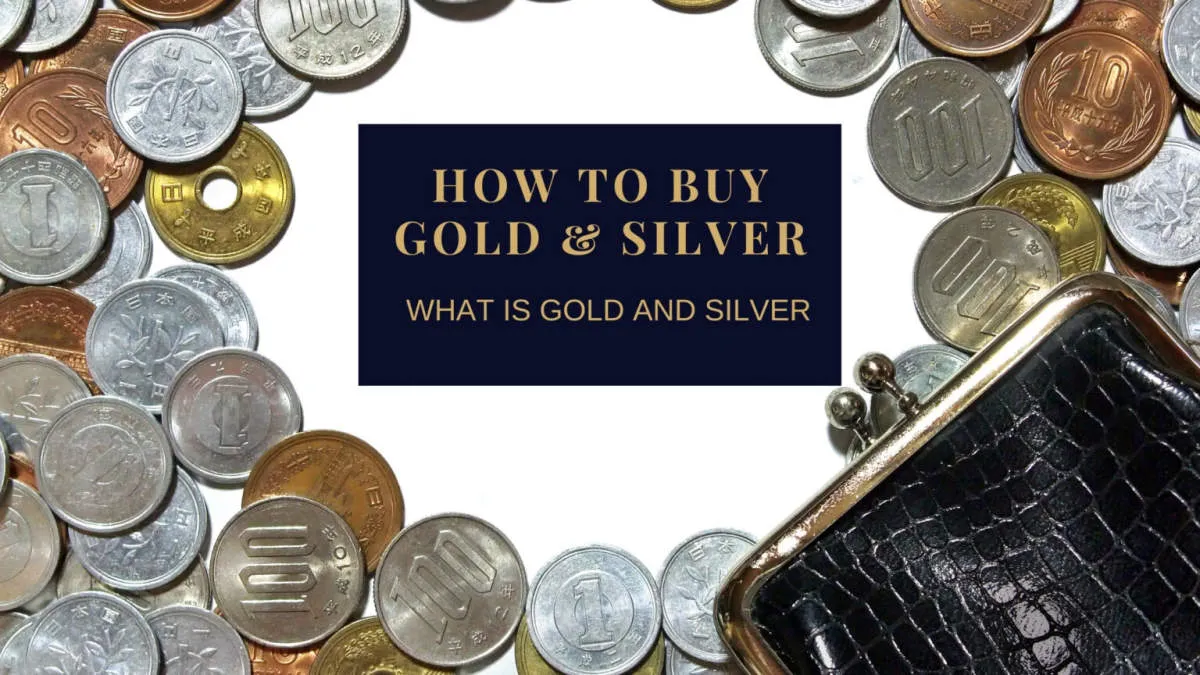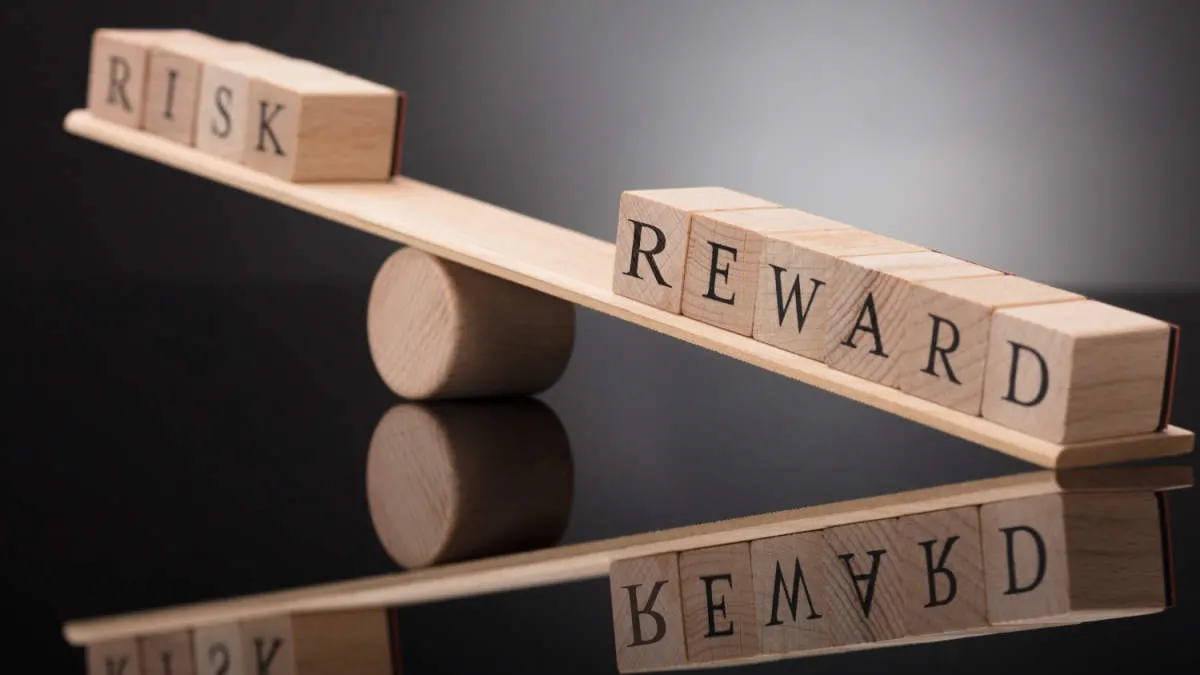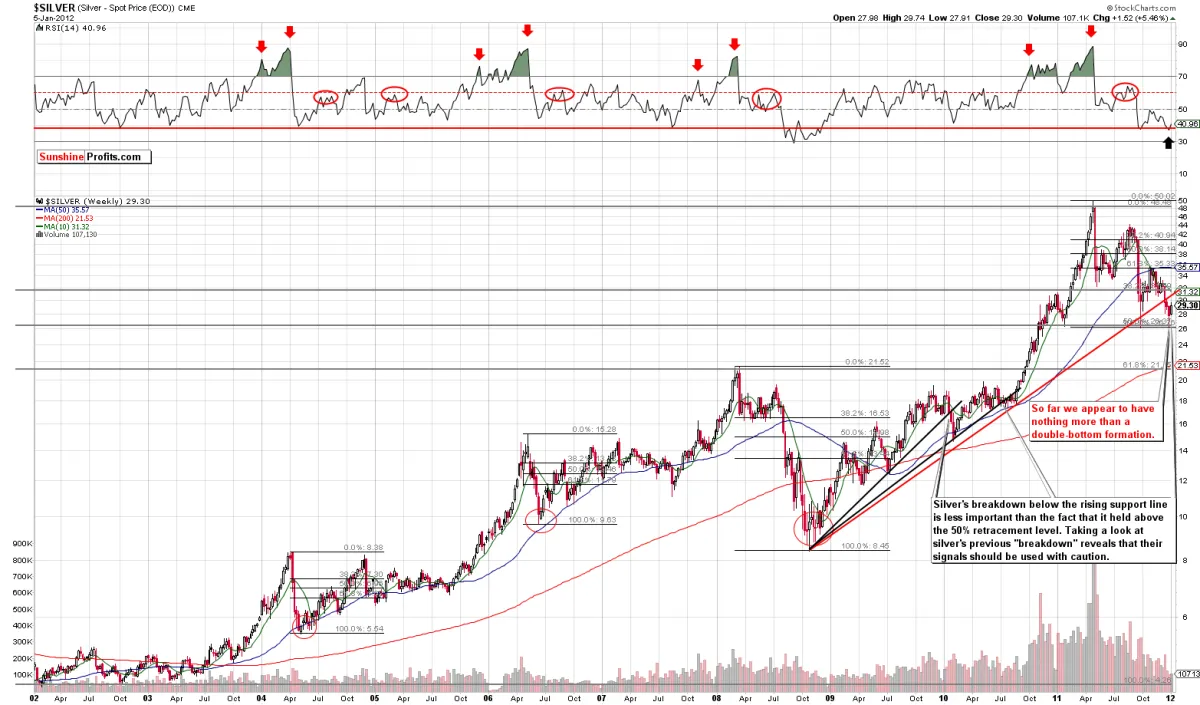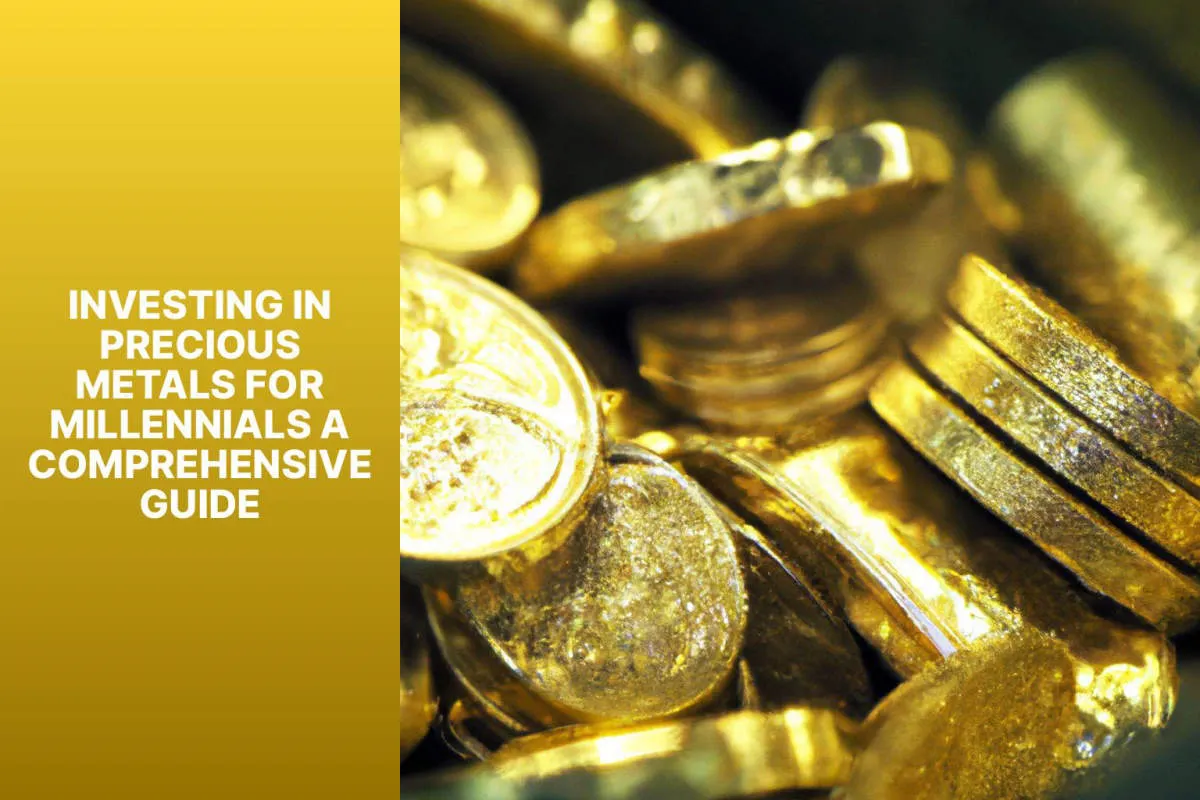Discover the intricacies of investing in gold and precious metals in this comprehensive guide. Learn how to diversify your portfolio and navigate the volatile market to make informed investment decisions.
Benefits of Investing in Precious Metals

Investing in precious metals, like gold and silver, offers a range of advantages that can enhance portfolio diversification and act as a hedge against economic uncertainty. Here are some key benefits to consider:
1. Hedge Against Inflation
Precious metals, particularly gold, have historically held their value during periods of inflation. When the purchasing power of fiat currency declines, investors often turn to tangible assets like gold as a store of value.
2. Portfolio Diversification
Adding precious metals to an investment portfolio can reduce overall portfolio volatility. Because precious metals often move independently of traditional assets like stocks and bonds, they can provide a cushion during market downturns.
3. Safe Haven Asset
In times of geopolitical instability, economic downturns, or financial crises, precious metals are often perceived as a safe haven asset. Investors tend to flock to precious metals, driving up their value when traditional markets experience turbulence.
4. Tangible Asset
Unlike stocks, bonds, or cryptocurrencies, precious metals are tangible assets. This means they have intrinsic value and can be physically held, providing a sense of security and control for some investors.
5. Growing Demand
The use of precious metals extends beyond investment purposes. They are crucial components in various industries, including technology, jewelry, and medicine. This ongoing industrial demand provides a fundamental underpinning for the value of precious metals.
Types of Precious Metal Investments

When it comes to investing in precious metals, you have several options, each with its own set of advantages and disadvantages. Here’s a breakdown of some popular choices:
1. Physical Precious Metals
This involves buying and holding the physical assets, such as:
- Gold bars and coins: A traditional way to invest, offering tangible ownership. Consider storage and insurance costs.
- Silver bars and coins: More affordable than gold, silver offers industrial demand potential.
- Platinum and Palladium: Primarily used in industrial applications, their prices can fluctuate based on economic activity.
2. Precious Metal ETFs
Exchange-Traded Funds (ETFs) track the price of a specific precious metal or a basket of metals. They offer:
- Diversification: Easily diversify your portfolio across different precious metals.
- Liquidity: Buy and sell shares on stock exchanges like any other stock.
- Professional Management: The fund managers handle the storage and management of the underlying assets.
3. Precious Metal Mutual Funds
Similar to ETFs, mutual funds pool money from multiple investors to invest in precious metals. However, they are priced only once per day, unlike ETFs.
4. Mining Company Stocks
Investing in shares of companies involved in the exploration, mining, and production of precious metals offers leverage to price movements. However, it carries higher risk due to factors like company performance and industry regulations.
5. Futures and Options
These derivatives allow investors to speculate on the future price movements of precious metals. While potentially lucrative, they involve significant risk and are best suited for experienced investors.
How to Buy Gold and Silver

Once you’ve decided to invest in gold or silver, you have several options for making a purchase. Each method comes with its own advantages and considerations:
1. Physical Gold and Silver
This involves buying actual, tangible gold and silver in the form of bars, coins, or jewelry.
Pros:
- Tangibility: You have direct ownership and possession of the asset.
- Privacy: Transactions can be more private than other methods.
Cons:
- Storage: Requires secure storage solutions to prevent theft or damage.
- Premiums: Physical gold and silver often come with higher premiums over the spot price.
- Liquidity: Selling physical gold and silver can be less liquid than other methods.
2. Gold and Silver ETFs
Exchange-Traded Funds (ETFs) track the price of gold or silver and are traded on stock exchanges.
Pros:
- Convenience: ETFs are easy to buy and sell through brokerage accounts.
- Liquidity: Highly liquid investments that can be traded throughout the trading day.
- Lower Costs: Generally have lower expense ratios compared to actively managed mutual funds.
Cons:
- No Physical Ownership: You don’t own the underlying physical gold or silver.
- Expense Ratios: While lower than mutual funds, ETFs still have annual expense ratios.
3. Gold and Silver Mutual Funds
These funds pool money from multiple investors to invest in gold and silver-related assets.
Pros:
- Professional Management: Managed by professional fund managers.
- Diversification: May offer exposure to a wider range of gold and silver investments.
Cons:
- Higher Fees: Typically have higher expense ratios than ETFs.
- Less Liquidity: Not as liquid as ETFs and are typically priced once per day.
4. Gold and Silver Mining Stocks
Investing in the stocks of gold and silver mining companies.
Pros:
Cons:
- Volatility: Mining stocks can be more volatile than the price of gold or silver itself.
- Company Risk: Performance is tied to the operational success of individual companies.
Storing and Protecting Your Investments

Once you’ve acquired gold or other precious metals, safeguarding your investment becomes paramount. There are several common storage options, each with its pros and cons:
Home Storage
Keeping your precious metals at home offers the highest level of control and accessibility. However, it also carries the most significant risk, including theft, fire, or natural disasters.
If you choose home storage, invest in a high-quality safe securely bolted to the structure of your home. Consider additional security measures such as alarm systems and surveillance cameras.
Safe Deposit Boxes
Offered by banks and credit unions, safe deposit boxes provide a secure, off-site location for your valuables. They offer protection from home-based risks but may be inaccessible during emergencies or bank holidays.
When choosing a safe deposit box, inquire about insurance coverage, access procedures, and the bank’s security measures.
Third-Party Storage Facilities
Specialized depositories offer high-security storage specifically for precious metals and other valuables. These facilities typically boast advanced security features, insurance coverage, and segregated storage options.
Research reputable companies with a proven track record in secure storage. Compare fees, insurance options, and storage locations to find a facility that aligns with your needs.
Factors to Consider When Choosing Storage:
- Value of your holdings: Higher-value investments may warrant more secure options.
- Accessibility needs: Consider how quickly you may need to access your investments.
- Cost: Weigh the ongoing costs of storage against the value of your holdings and the level of security provided.
- Insurance: Ensure your investment is fully insured against loss, damage, or theft, regardless of the storage method you choose.
Risks and Rewards

Investing in gold and precious metals, like any investment, carries its own set of risks and potential rewards. Understanding these is crucial for making informed investment decisions.
Risks
- Market Volatility: Gold prices can fluctuate significantly in the short term, influenced by factors like economic data, geopolitical events, and investor sentiment. This volatility can lead to potential losses, especially for short-term investors.
- No Yield: Unlike stocks or bonds, gold does not generate income in the form of dividends or interest. Its returns depend solely on price appreciation.
- Storage and Security: Physical gold, such as bars or coins, requires secure storage, which can incur additional costs.
- Counterparty Risk: Investing in gold-related financial instruments, like ETFs or futures contracts, carries counterparty risk, meaning the issuing institution’s potential default could impact your investment.
Rewards
- Inflation Hedge: Gold has historically held its value during periods of inflation, acting as a hedge against the erosion of purchasing power.
- Safe Haven Asset: During economic or geopolitical uncertainty, gold is often seen as a safe-haven asset, driving up demand and potentially increasing its price.
- Portfolio Diversification: Gold has a low correlation with other asset classes like stocks and bonds. Including gold in a portfolio can potentially reduce overall portfolio volatility.
- Long-Term Growth Potential: While past performance is not indicative of future results, gold has demonstrated long-term growth potential, particularly during periods of economic expansion and increasing wealth.
Long-Term Outlook for Precious Metals

Historically, precious metals like gold and silver have been viewed as safe-haven assets. During times of economic uncertainty, geopolitical turmoil, or high inflation, investors often flock to precious metals as a store of value. This is because they are tangible assets with intrinsic value, unlike fiat currencies which can be subject to devaluation.
While past performance isn’t necessarily indicative of future results, many analysts believe that the long-term outlook for precious metals remains positive. Several factors support this view:
- Growing Global Demand: Emerging economies like China and India are seeing a surge in wealth and a growing middle class. This translates into increased demand for gold and silver jewelry, as well as investment products.
- Inflationary Pressures: Governments around the world have been printing money at unprecedented rates to combat economic downturns. This can lead to inflation, which erodes the purchasing power of fiat currencies and potentially boosts the appeal of precious metals.
- Geopolitical Risks: Global uncertainty remains a constant, with geopolitical tensions simmering in various regions. Precious metals often act as a hedge against such risks, as investors seek safe havens during volatile periods.
- Supply Constraints: Mining new precious metals is a complex and expensive process. Discoveries of new, large deposits are becoming increasingly rare, which could lead to supply constraints and potentially higher prices in the long run.
Conclusion
Investing in gold and precious metals can be a valuable addition to a diversified portfolio, offering a hedge against economic uncertainties and inflation. It is crucial to conduct thorough research and consider your investment goals before entering the market.

